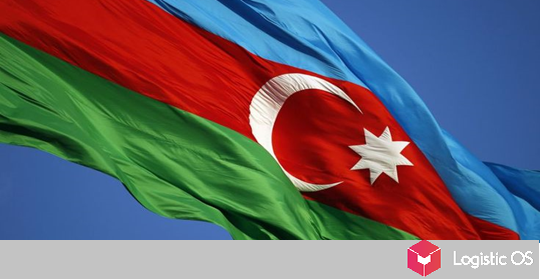In just one week, export prices for wheat showed a significant increase of $16, which is 7% more than the previous week.
Experts note that on May 17, a ton of wheat with protein in the port of Novorossiysk cost about $236.
This is a very noticeable increase, which can be directly related to the recent frosts that hit the south of the country, the center and the Volga region in May.
Against this background, analysts significantly lowered the forecast for the grain harvest in Russia.
Compared to February, it fell by 7.5 million tons. Currently, experts expect that it will be possible to collect about 134 million tons of grain in the Russian Federation.
As for wheat, the forecast for this crop was reduced by 4.4 million tons, to 86 million tons.
In general, experts note that the rise in wheat prices over the past week has exceeded all wildest expectations, with high export prices also pushing up prices within the country.
Now they are about 16-16.2 thousand rubles per ton.
By the way, a reduction in export duties against the backdrop of rising prices may stimulate the desire of exporters to sell crops abroad, which could create a shortage within the country and poses a certain risk.
“Actual prices are noticeably higher than the estimated parity level, which is largely explained by the need to ship the old harvest in a short time amid a decrease in farmers’ activity in selling existing stocks.
The global market, as well as the Russian one, will continue to gravitate toward growth in the coming weeks, taking into account the predominance of bullish factors, primarily weather risks,” analysts say.
However, it is possible that the problems are not over yet. Russian Minister of Agriculture Oksana Lut recently stated that the frost situation is bad.
Initially, it was planned that about 830 thousand hectares of crops damaged by frost would have to be replanted, but taking into account the latest data, it is possible that the area will be even larger: we are already talking about 900 thousand hectares.
Moreover, although the frosts are behind us, weather conditions in a significant part of the country are not yet favorable to farmers.
For example, there is currently a drought in the Urals and Siberia. All this could ultimately further reduce the harvest forecast and cause prices to rise.
Meanwhile, in several regions of the country, a state of emergency imposed due to frost continues to operate. Including in the Voronezh, Lipetsk, Oryol, Tambov, Saratov, Volgograd, Rostov and Penza regions, as well as in the Kursk and Belgorod regions.

